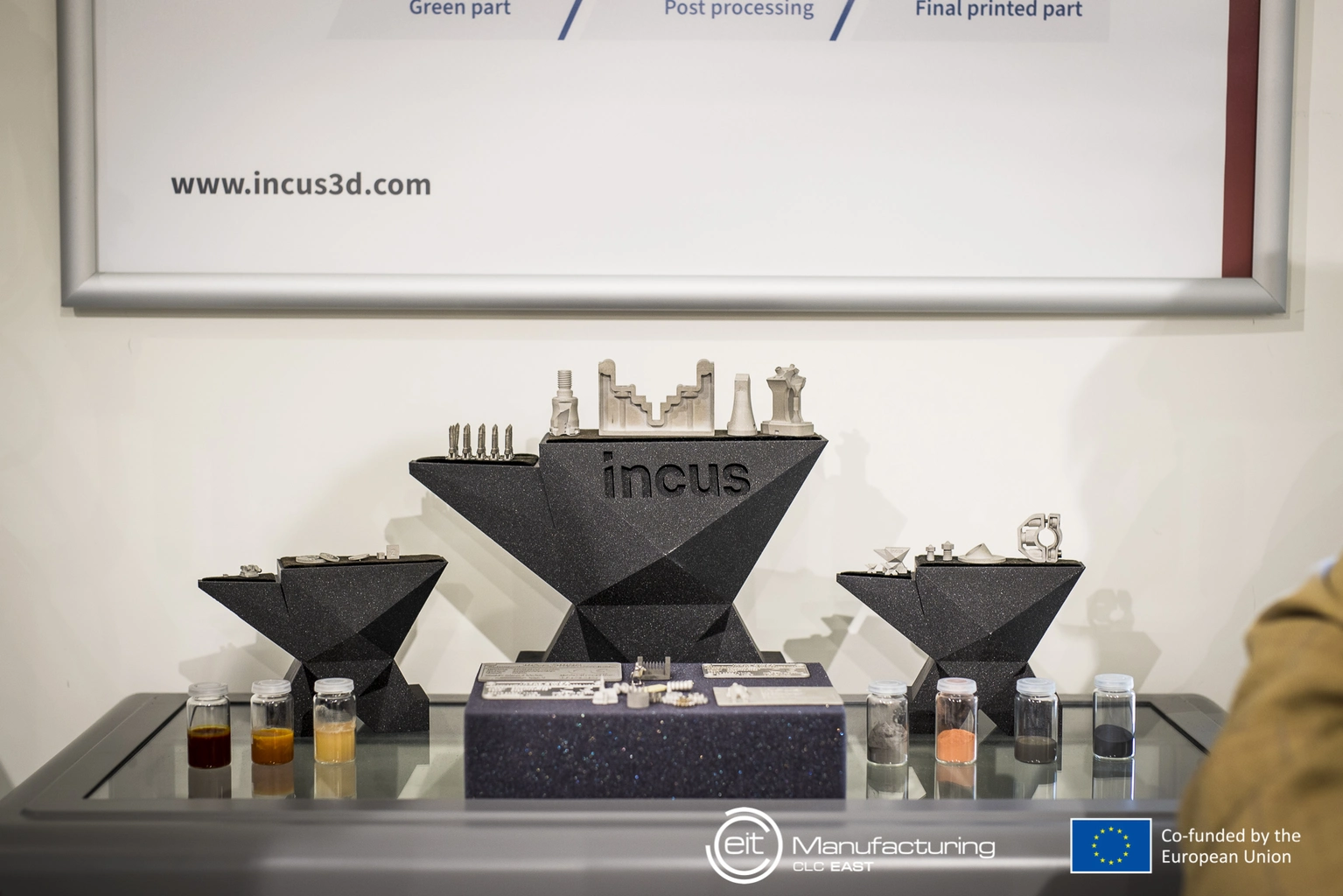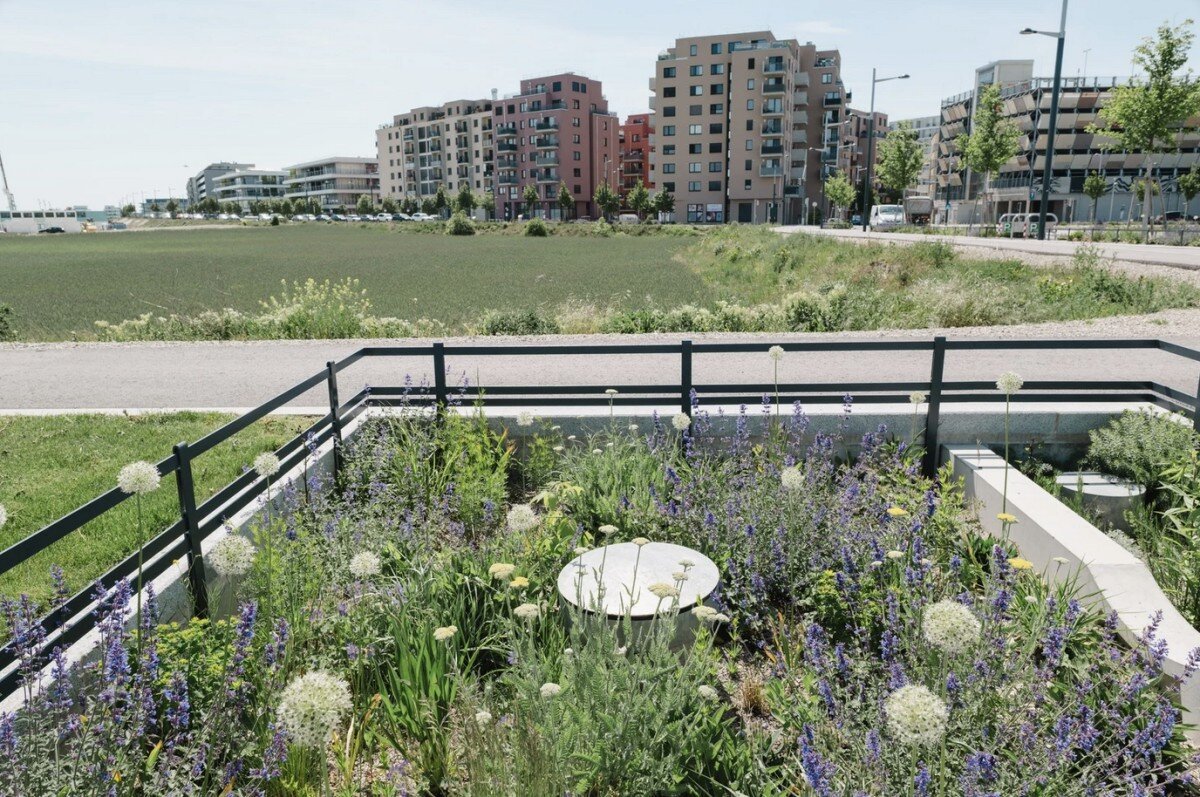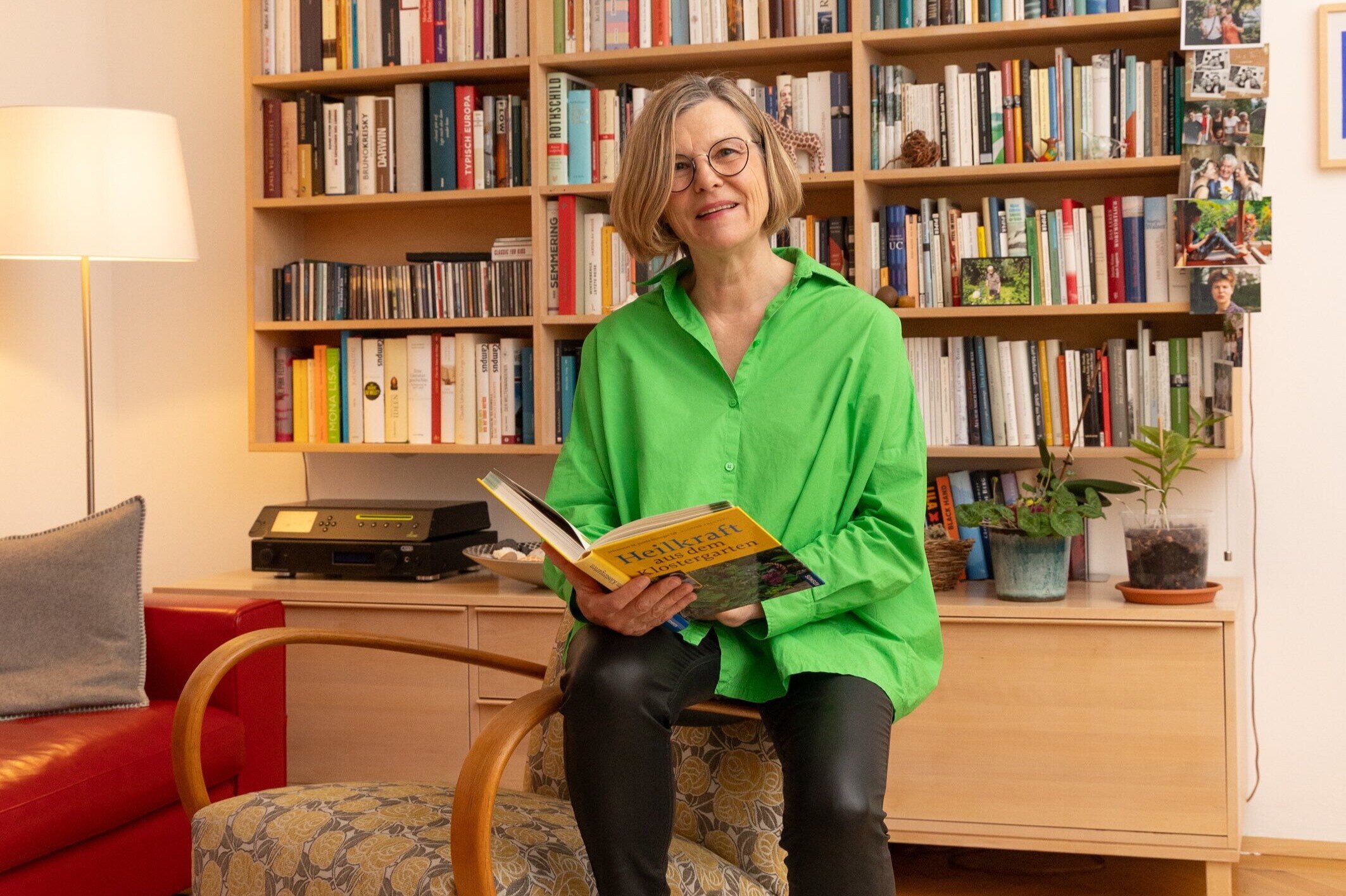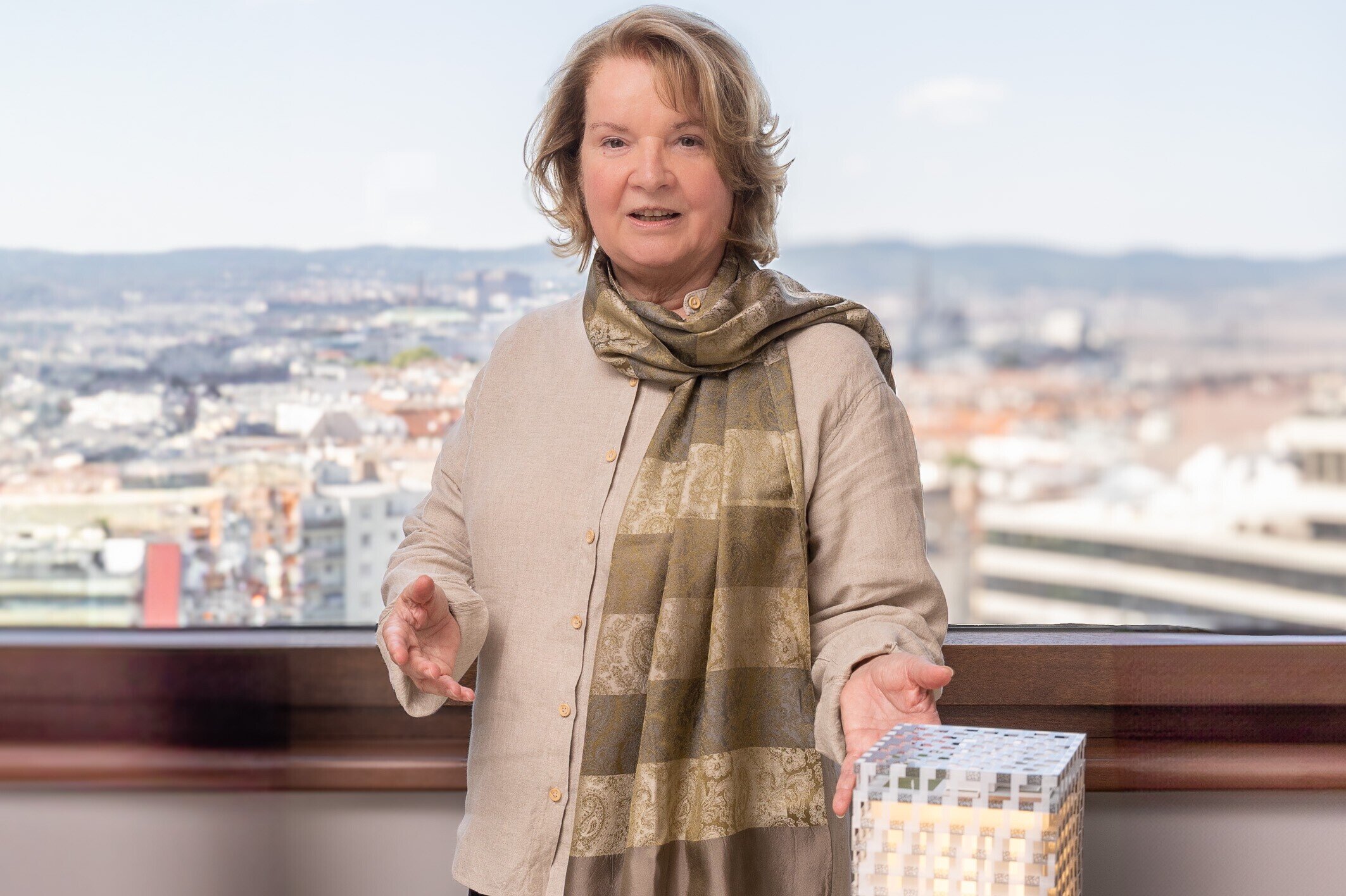Author
Wien 3420 AG
Published on 01.01.2022
From the business magazine "Workflow"
01/2022 The Learning City
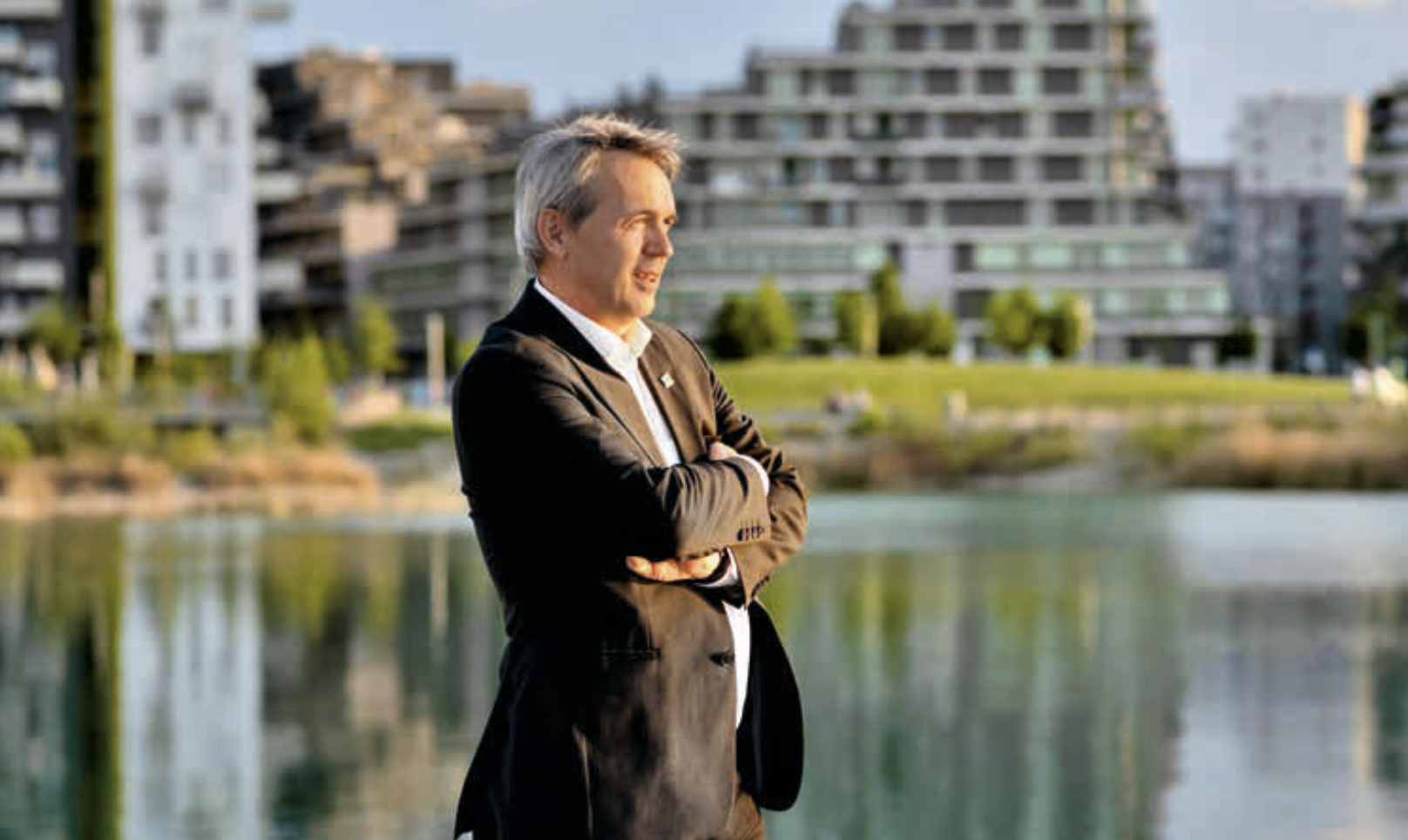
Kurt Hofstetter has been involved with Seestadt for decades. Initially in urban planning, now as coordinator of the International Building Exhibition Vienna, whose final presentation will also take place in Seestadt. And of course as a resident, because Hofstetter is himself a convinced Seestadt local.
How did you experience the development from the first steps to today’s Seestadt?
Kurt Hofstetter: That was at the beginning of the 1990s, when I took my first steps in urban planning. Back then, it was first decided to develop the Aspern airfield, with an exciting master plan by Rüdiger Lainer, which, for various reasons, was never implemented. Only ten years later was a new attempt made. At that time, I was responsible for the 22nd district in urban planning. In 2003, we were tasked with forming a team that also included the landowners.
What distinguished the new master plan?
When Johannes Tovatt handed us his master plan, he said: And now you have to destroy it. What he meant was that we shouldn’t follow it too strictly. There was a clear attitude in it
and he trusted us to build on it and develop it further. I really appreciated that. That is definitely one of the big lessons I have learned from Seestadt: that there must be room for development. With spaces that are not yet determined at the beginning.
After all, you never know what will be needed in five or ten years.
Kurt Hofstetter
IBA-Koordinator
That was also the reason why, after the master plan, the first thing we did was hold a competition for public space – we didn’t want to see public space as “what’s left over” after the buildings are constructed and then just prettied up a bit. Public space is the foundation of sustainable urban development.
The mix of living and working is a big topic in Seestadt – was that planned from the start?
Yes, it was. The ratio in Donaustadt is very unbalanced, which forces traffic across the Danube. If you want to relieve that, there needs to be more job opportunities in the north, especially as more housing is constantly being added. In recent years, this has become very established in district development. Back then, it was more of an experiment.
Unplanned spaces, fewer parking spaces to reduce traffic, a mix of living and working – were these new concepts also met with skepticism?
We also had a few learning effects on our side. Many people were simply looking for an apartment and found one, but had no idea where they were moving to – there were some surprises for them. Also because the communication of general information about developers was not yet well established.
What problems were there?
For example, we had the idea of creating “appropriation spaces” that people were supposed to design for themselves. But they were simply filled with cars. The sidewalk, which is only three centimeters high for accessibility reasons, was not recognized as such and was simply used as a parking space. But in Seestadt, it is intended that people walk.
How do you deal with that in communication?
Communication is absolutely essential. We started with that even before the master plan – for example, representatives of the surrounding allotment and settlement associations were always invited to the planning meetings. Together, these representatives also had a voice on the master plan jury. After settlement, district management was extremely important. When people moved in, there was a welcome package, support, discussion groups. We closely monitored the Facebook groups that formed – whenever misunderstandings or discontent arose, we organized information events.
The main topic of this issue is the “learning city” – how would you describe this concept as an urban planner?
I think a “learning city” means that there is a willingness and an opportunity to continuously adapt to changing conditions. To reflect self-critically. To understand that a city is never finished. Every city inevitably changes – but whether it learns is a conscious decision. It means proactively and consciously adapting, instead of just reacting to external pressure. I feel that very strongly in Seestadt.
Is that why you chose Seestadt as one of the projects for IBA_Wien (International Building Exhibition Vienna)?
The cooperation with Seestadt as part of the IBA was a “home game” for me. What we did here in the first phase was already something like an IBA – so many processes were new, so many things not yet established. We still had to expand a lot that is now taken for granted in urban development. The basic understanding and culture that developed among all stakeholders, among companies as well as administrative offices, made cooperation much easier.
The theme of the IBA is “new social housing”. Why did you choose this?
We chose a topic in which Vienna is strong and has many institutions that don’t need to be built up from scratch. But the pressure is enormous to maintain this level of quality. Vienna has built up an extremely dense network of social housing – but that makes you less flexible when changes come from outside. It is laborious to steer such a large ship onto a new course. The IBA’s task is to find new approaches, to make the best possible use of experience – in the spirit of the learning city. We focus less on individual projects and more on district development – the many small measures that can be very successful, but only if they are coordinated, create a strong district.
What lessons can be learned from Seestadt?
One thing that worked well was the implementation of building groups. Here, cells were created
that, due to their composition, can act independently and organize themselves. People who can plan a house together can also create an environment for themselves, as seen in the “Edible Seestadt”, in co-working concepts, in cultural offerings. I would consider that an important addition to social housing. Another important lesson is the residential environment, the handling of the ground floor zone. It is essential to create an environment where people can also spend time outdoors, where they can get what they need on foot and with short distances.
You yourself live in Seestadt. How do you experience the process now as a resident?
When I left Seestadt professionally, I gave my colleagues one wish:
Make sure you don't lose momentum!
Kurt Hofstetter
IBA-Koordinator
It’s easy to perfectly implement the first phase and then just “muddle through” the rest. But I don’t see that at all. So much has happened, so much has been learned. I’m happy to see how everyone involved continues to develop this project with so much passion. (BW)
What is the IBA_Wien?
IBA stands for Internationale Bauausstellung (International Building Exhibition). The tradition of building exhibitions is already over 100 years old: In the mid-19th century, it became common to present construction innovations at world exhibitions. With the IBA_Wien 2022, an International Building Exhibition was launched in Vienna for the first time. Vienna has thus set itself the task of developing pioneering solutions and approaches to the challenges of our time. The focus is on the topic of “new social housing”.
More information at iba-wien.at

